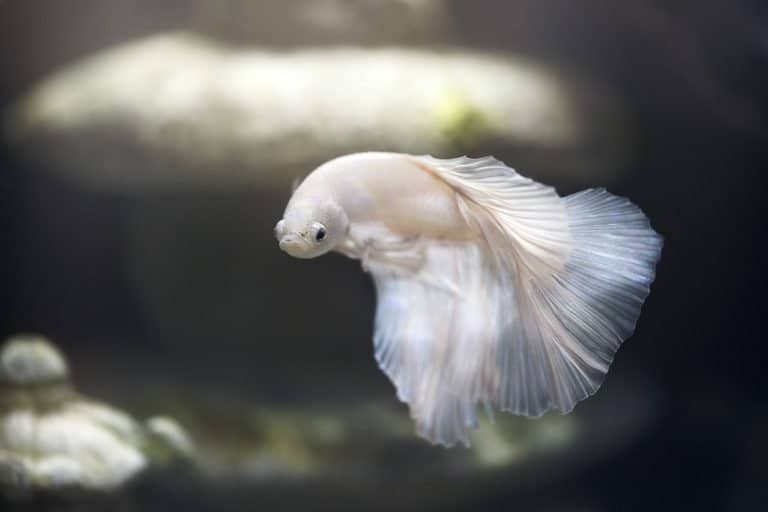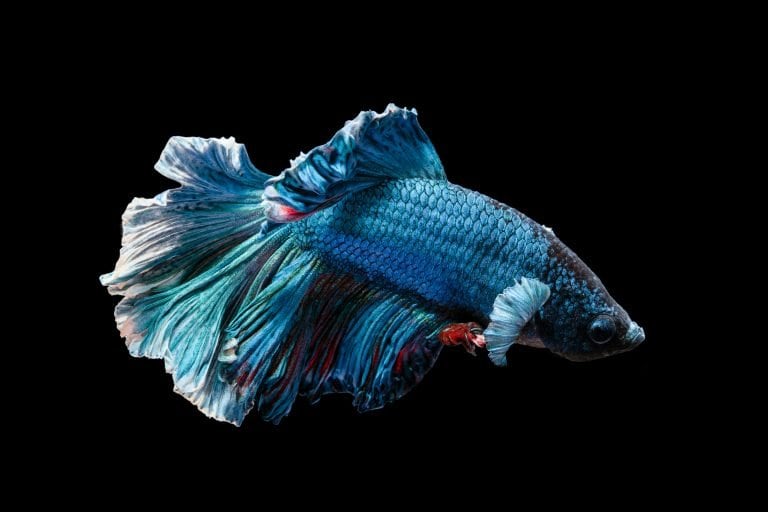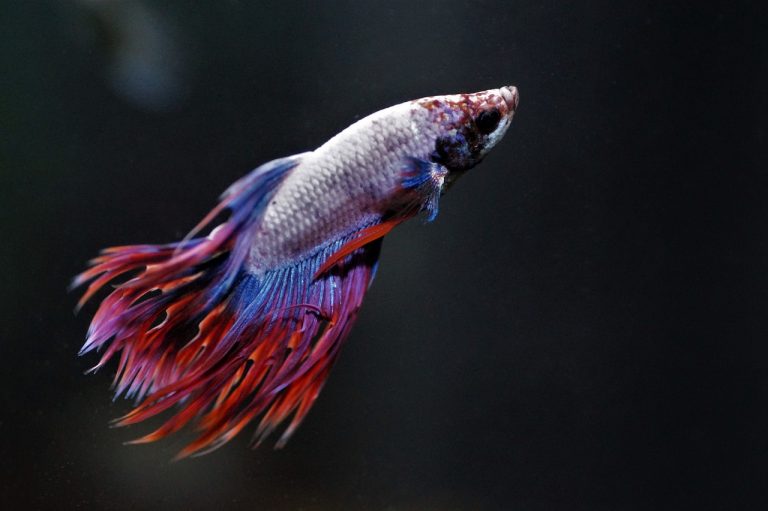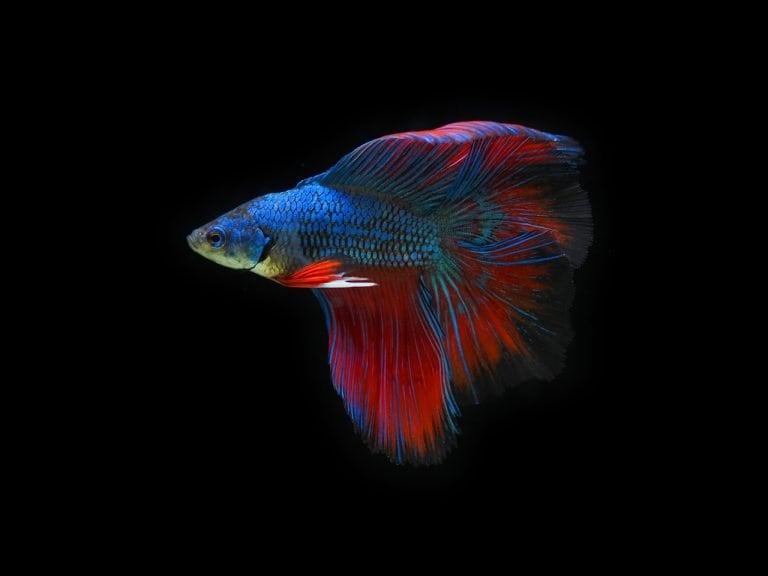Betta fish, with their vivid colors and dynamic displays, have long captivated aquarists around the world. Embarking on the journey of Betta ownership not only involves the care of these magnificent creatures but also a deep appreciation for their intricate behavior.
This guide provides a comprehensive examination of Betta fish behavior, offering insight into the nuances of aggression, the subtleties of fin displays, the complexities of bubble nest construction, the rituals surrounding feeding, and the intricacies of their rest periods.
Understanding these behaviors empowers enthusiasts to provide an environment where Betta fish can express their natural inclinations towards freedom and territorial sovereignty, fostering a harmonious relationship between the observer and the observed.
Key Takeaways
- Aggression is a natural aspect of betta fish behavior and is primarily attributed to the establishment and maintenance of a betta hierarchy.
- Elaborate fin displays serve as a crucial communication mechanism within betta fish species, with different fin movements and color variations conveying sophisticated non-verbal communication.
- Male bettas secrete a mucous to create bubble nests, which indicate breeding readiness and serve as a testament to the betta’s instinct for offspring protection.
- Feeding frequency should be 1-2 times daily to avoid overfeeding, and a variety of live, frozen, and dry foods should be included in their diet to promote natural predatory behaviors.
Understanding Betta Aggression
While betta fish are admired for their vibrant colors and elegant fins, it is crucial for owners to recognize that aggression is a natural and inherent aspect of their behavior. This aggression is primarily attributed to the establishment and maintenance of a betta hierarchy, a social order that is especially evident when multiple males are present.
In a confined space like an aquarium, the absence of an escape route can exacerbate aggressive encounters. Betta fish, therefore, require careful consideration when selecting tank mates to prevent hostile interactions. Incompatibility among species or even individuals can lead to stress, injury, or fatality.
To ensure the well-being of betta fish and their potential tank mates, owners must meticulously assess compatibility, territorial behaviors, and the provision of adequate space for each inhabitant to express natural behaviors while maintaining a semblance of liberty.
The Art of Fin Display
Although betta fish are often solitary, their elaborate fin displays serve as a crucial communication mechanism within their species. The dynamic fin fluttering and color flaring are not mere aesthetic traits but integral to the complex social interactions of Betta splendens. These displays are meticulously analyzed by their conspecifics, conveying messages of territorial claims, readiness to mate, or intimidation tactics.
To further dissect the fin display behaviors, consider the following table:
| Behavior | Purpose | Visible Changes |
|---|---|---|
| Fin Fluttering | Attraction or Agitation | Rapid fin movement |
| Color Flaring | Intimidation or Courtship | Intensification of body hues |
| Gills Display | Aggression Signaling | Expansion of gill covers |
This tableau provides a distilled overview of the intricate language encapsulated in the fin movements and color variations of betta fish, underlining their sophisticated non-verbal communication system.
Bubble Nest Building Explained
Beyond their complex fin displays, betta fish exhibit another fascinating behavior: the construction of bubble nests, which serve as a testament to their readiness to reproduce and instinct for offspring protection. These structures are meticulously crafted by the male betta and carry profound implications for the species’ life cycle.
To paint a scientific picture of this behavior:
- Males secrete a mucous from their gills, creating bubbles that are resistant to popping.
- The configuration of the nest varies, often influenced by environmental conditions and the betta’s health.
- Bubble nests are a clear indicator of breeding readiness, signifying the male’s preparation to court a mate and fertilize eggs.
- Nest significance extends to providing a secure environment for the incubation of eggs and early development of the fry.
Betta Fish Feeding Rituals
Betta fish exhibit a range of feeding behaviors, each vital for their survival and overall health. In the wild, these behaviors are driven by the availability of food sources and the necessity to adapt to a fluctuating environment. In captivity, providing a regimen that mimics natural feeding frequency and diet variety is crucial. The table below elucidates key aspects of Betta feeding rituals:
| Aspect | Detail |
|---|---|
| Feeding Frequency | 1-2 times daily; avoid overfeeding |
| Diet Variety | Incorporate live, frozen, and dry foods |
| Hunting Simulation | Encourage natural predatory behaviors |
| Observation | Monitor for changes in appetite and health |
To foster a sense of freedom, it is essential to allow Bettas the opportunity to “hunt” their food, thus promoting natural feeding behaviors. Careful, analytical observation of these rituals can provide insight into the fish’s well-being and dietary needs.
Interpreting Betta Sleep Patterns
Understanding the sleep patterns of domesticated betta fish is crucial for maintaining their health and well-being. Bettas are primarily diurnal, meaning they are active during the day and rest at night. However, it is important to observe their nocturnal activity to ensure they are not experiencing sleep disturbances.
A scientific analysis of betta sleep behavior involves monitoring indicators such as: – Periods of inactivity, typically at night, when the fish remain motionless. – Preference for darkness, as bettas seek out shaded areas or the cover of plants to rest. – Sudden changes in sleeping habits, which can signal stress or illness. – Reaction to external stimuli during rest periods, which should be minimal to avoid disrupting their natural sleep cycle.





